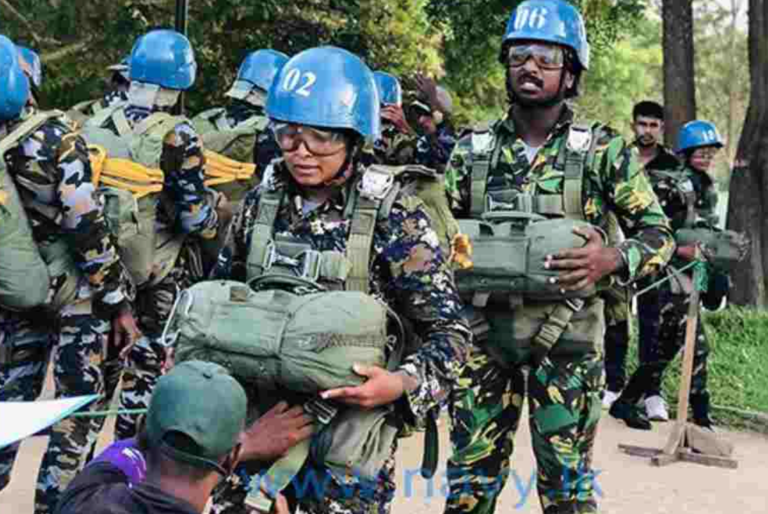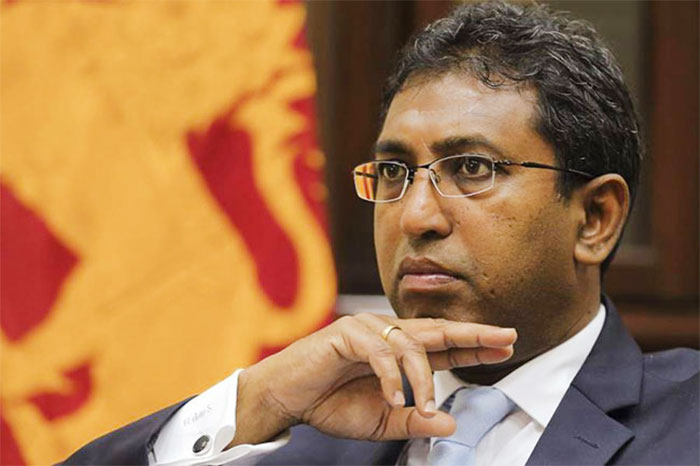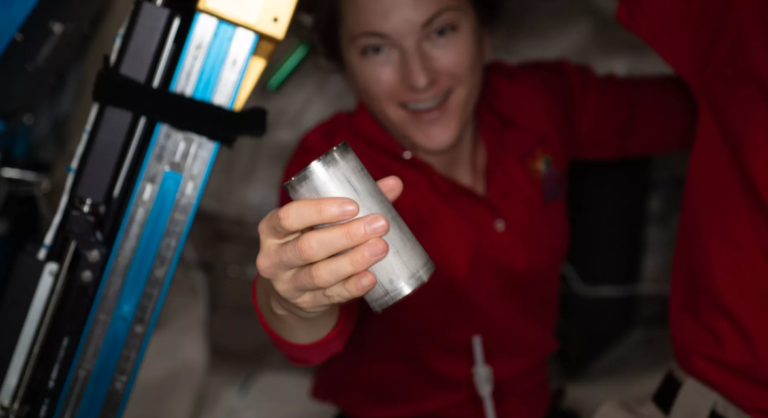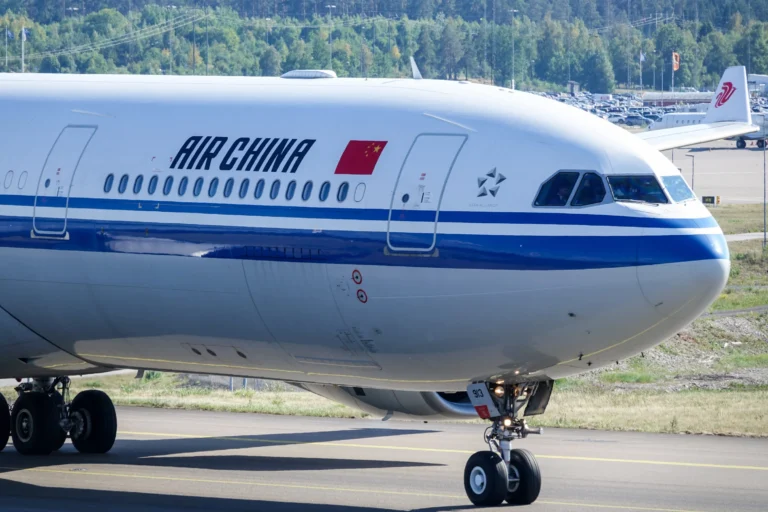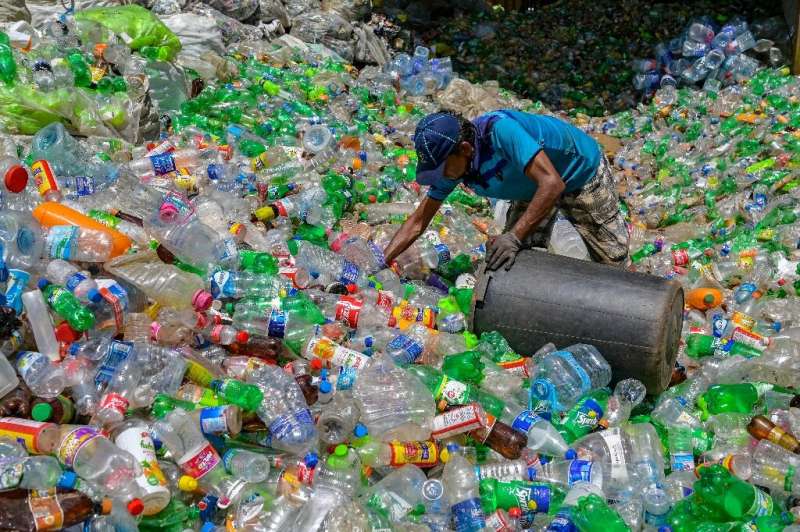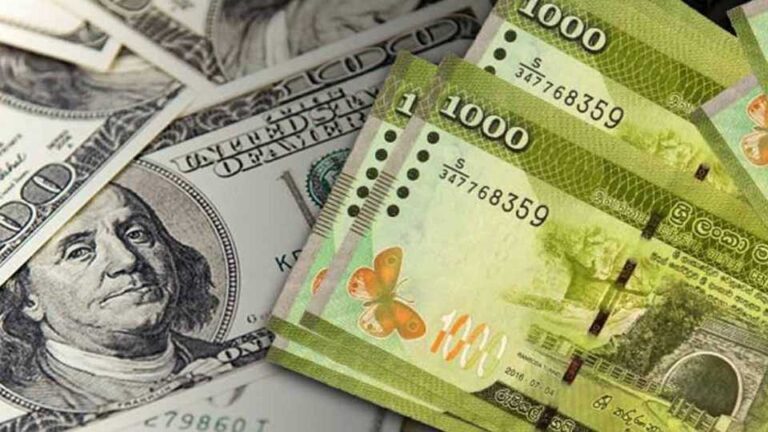In a groundbreaking achievement, the Sri Lanka Navy witnessed the successful completion of the first-ever basic parachute course by a group of women para jumpers. The group, comprising two lady officers and three women sailors, accomplished this historic milestone at the Sri Lanka Air Force Parachute Training School in Ampara on June 21, 2023.
This remarkable feat was made possible through the initiative of Vice Admiral Priyantha Perera, the Commander of the Navy, who championed the idea to promote gender equality and showcase the prowess of women in the Sri Lanka Navy. The objective was to form a women para jumpers team from the Navy to participate in the Defence Services Free Fall Parachute (Skydiving) Tournament.
To prepare for this prestigious tournament, the lady officers – Lieutenant Iresha Madushani and Lieutenant Prasadi Nadeeshani – along with women sailors – Woman Able Physical Training Instructor Ayesha Wijayarathna, Woman Ordinary Seaman Maheesha Ranasinghe, and Woman Ordinary Seaman Kaushi Thisera – underwent the basic parachute course. They successfully qualified through a rigorous mental and physical fitness test, proving their readiness for this extraordinary endeavor.
The Basic Parachute Course No. 52, held from April 24 to June 21, 2023, saw the participation of a total of 43 personnel, including both men and women from the Army, Navy, Air Force, and Police Special Task Force. Through theoretical classroom sessions, ground training, and practical exercises, the participants mastered crucial skills such as aircraft exit procedures, experiencing thrilling jumps from the Sri Lanka Air Force’s An-32 aircraft at heights ranging from 800 to 1000 feet above the Air Force Parachute Training School in Ampara. The course included five jumps, including a night parachute jump and a tactical equipment jump.
With the successful completion of the basic parachute course, this group of women para jumpers from the Sri Lanka Navy is now set to participate in the upcoming Skydiving Course scheduled to commence on July 2 at the Air Force Parachute Training School in Ampara. These accomplished women para jumpers will contribute to joint operations, training exercises, and parachute displays, representing the Parachute Pool of the Sri Lanka Navy, and further solidifying the recognition of women’s capabilities in traditionally male-dominated fields.

